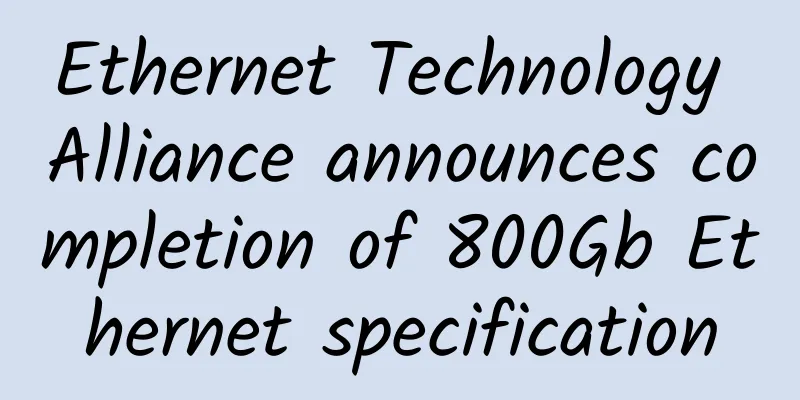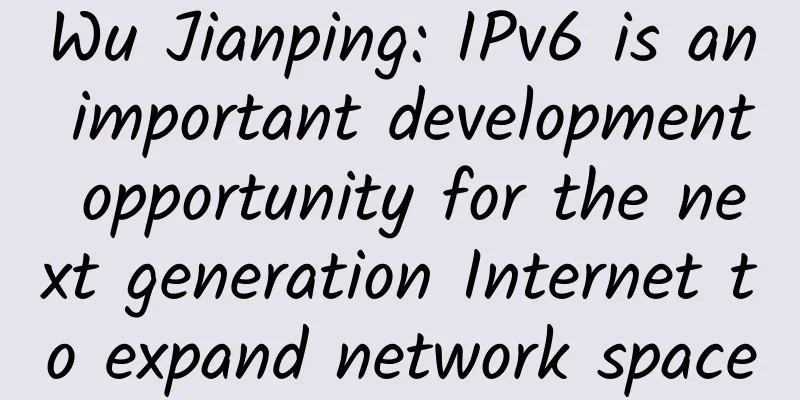Ethernet Technology Alliance announces completion of 800Gb Ethernet specification

The industry-supported Ethernet Technology Consortium (ETC) has announced the completion of the 800Gb Ethernet technical specification. The new specification is based on many of the technologies used in the current high-end 400Gb Ethernet protocol. The new specification is formally called 800GBASE-R. The consortium that designed it (then called the 25Gb Ethernet Consortium) also played an important role in the development of 25, 50 and 100Gb Ethernet protocols, and its members include Broadcom, Cisco, Google and Microsoft.
The 800Gb Ethernet specification adds new media access control (MAC) and physical coding sublayer (PCS) methods, and the new specification adjusts these functions to distribute data using eight 106.25Gbps physical channels. (A channel can be a copper twisted pair, a fiber optic cable, a bundle of optical fibers, or a light wave.) The 800GBASE-R specification builds on two 400GbE 2xClause PCSs to create a single MAC that runs at an aggregate rate of 800Gbps. Although the main use is eight 106.25Gb lanes, this is not fixed. It is possible to use 16 lanes at half the speed (53.125Gbps). The new standard offers half the latency of the 400G Ethernet specification, but the new specification also cuts the forward error correction (FEC) overhead in half for networks running at 50 Gbps, 100 Gbps, and 200 Gbps, thereby reducing the packet processing burden on network cards. By reducing latency, this will meet the need for speed in latency-sensitive applications such as high-performance computing and artificial intelligence, where large amounts of data need to be moved as quickly as possible. Going from 400G to 800G isn’t a huge technological leap. It means adding more lanes at the same transfer rate and making some adjustments. But going beyond the terabyte level, which Cisco and other networking companies have been talking about for a decade, will require major changes to the technology, and it won’t be easy. New technology may not be cheap, either. 800G can be used with existing hardware, while 400Gb Ethernet switches are expensive, running into the six figures. Significant modifications to the technology, to cross the terabit barrier, will likely become even more expensive. But for large and high-performance computing customers, that makes sense. ETC did not say when the new hardware supporting 800G will arrive, but given that it is a minor change to the existing spec, it will probably appear this year, assuming the pandemic-induced lull does not affect it. |
<<: What is the Internet backbone and how does it work?
Recommend
Krypt September: Cloud Server $120/year, 2vCPU/2GB/60GB SSD/3TB, Support Windows/Linux, Los Angeles/San Jose
Krypt has released the September discount informa...
2018 Edge Computing Industry Alliance starts a new journey! Huawei promotes technological innovation and accelerates commercial implementation
[51CTO.com original article] Recently, the 2018 E...
Understanding the differences and application scenarios of TCP and UDP protocols in one article
[[276674]] TCP (Transmission Control Protocol) an...
SmartHost: VPS 30% off from $2/month, 29 computer rooms, optional AMD Ryzen+NVMe, optional large hard disk
A few days ago, we shared the information about S...
Learn how to restore IP address in one article!
[[426350]] Recover IP address Given a string cont...
Let’s talk about the stories behind Cookie, Session and Token
Hello everyone, I am Director Dabai(●—●). Today I...
Learn about routers, switches, and network hardware
Today we're taking a look at home network har...
The role of 5G in shaping the future of smart cities
The advent of 5G technology will revolutionize th...
BudgetVM: $29/month - 4GB/200GB/100Mbps unlimited traffic/high security/Los Angeles & Japan data centers
It has been exactly one year since I last shared ...
DMIT New Year Promotion: 30% off for all annual payments, and the Los Angeles VPS buy one get one free package is upgraded
DMIT.io has launched a NEW YEAR promotion for 202...
What to expect from SD-WAN in 2019? Five major trends to watch
There’s probably no hotter topic in networking ci...
How 5G will reshape future smart home life
Home is where the heart is. The old adage conveys...
Video and Network: 5G 700MHz large and small tower modes and wireless uplink enhancement technology
Labs Guide With the development of mobile communi...









